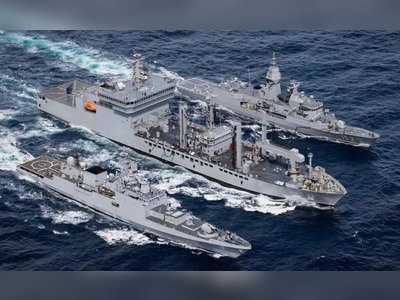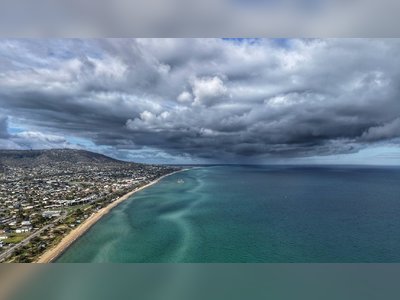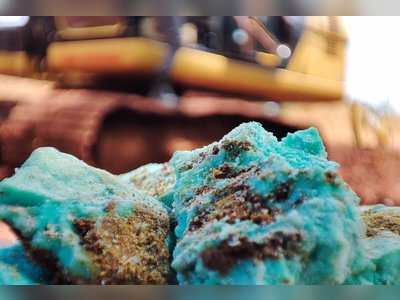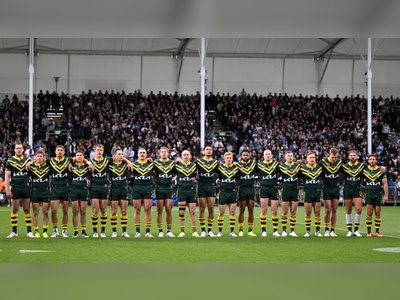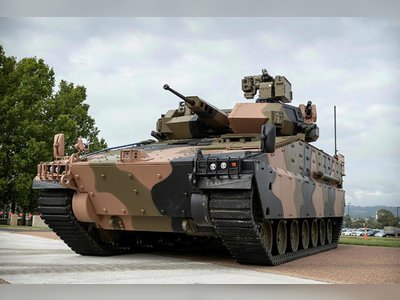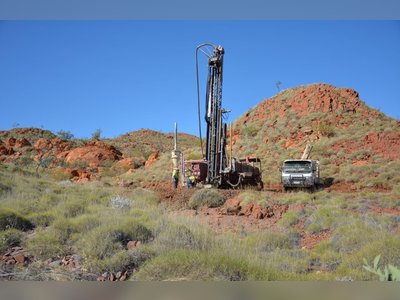Trump Promises Australia Nuclear Submarines Under AUKUS but Key Decisions Still Beyond His Power
At a White House meeting with Australian Prime Minister Anthony Albanese, President Donald Trump declared that Australia would “get” the nuclear-powered submarines envisaged under the AUKUS pact, noting the programme is “moving along really rapidly, very well… full steam ahead”. However, the actual sale of Virginia-class submarines is governed by U.S. legislation and submarine-production capacity, meaning the president alone cannot guarantee delivery.
Under legislation passed by the U.S. Congress, the president must certify at least 270 days before any transfer that giving a boat to Australia will not degrade U.S. undersea capabilities. With the U.S. Navy already facing a shortfall of submarines relative to its goal of 66, officials caution that until the U.S. industrial base ramps up significantly, Canada, Britain or Australia cannot assume guaranteed delivery.
Australia remains committed, having made two instalments of the US$3-billion domestic-industry-support contribution under AUKUS. Still, Australian defence planners continue to grapple with questions about crewing, maintenance and industrial readiness. The shift from promise to delivery will test the partnership’s bandwidth.
For now, Australia’s deterrence ambitions gain a public boost from presidential endorsement. But the underlying architecture of AUKUS makes clear that transactional, legislative and industrial processes must align before Canberra receives its boats — and those decisions will outlast President Trump’s term.

